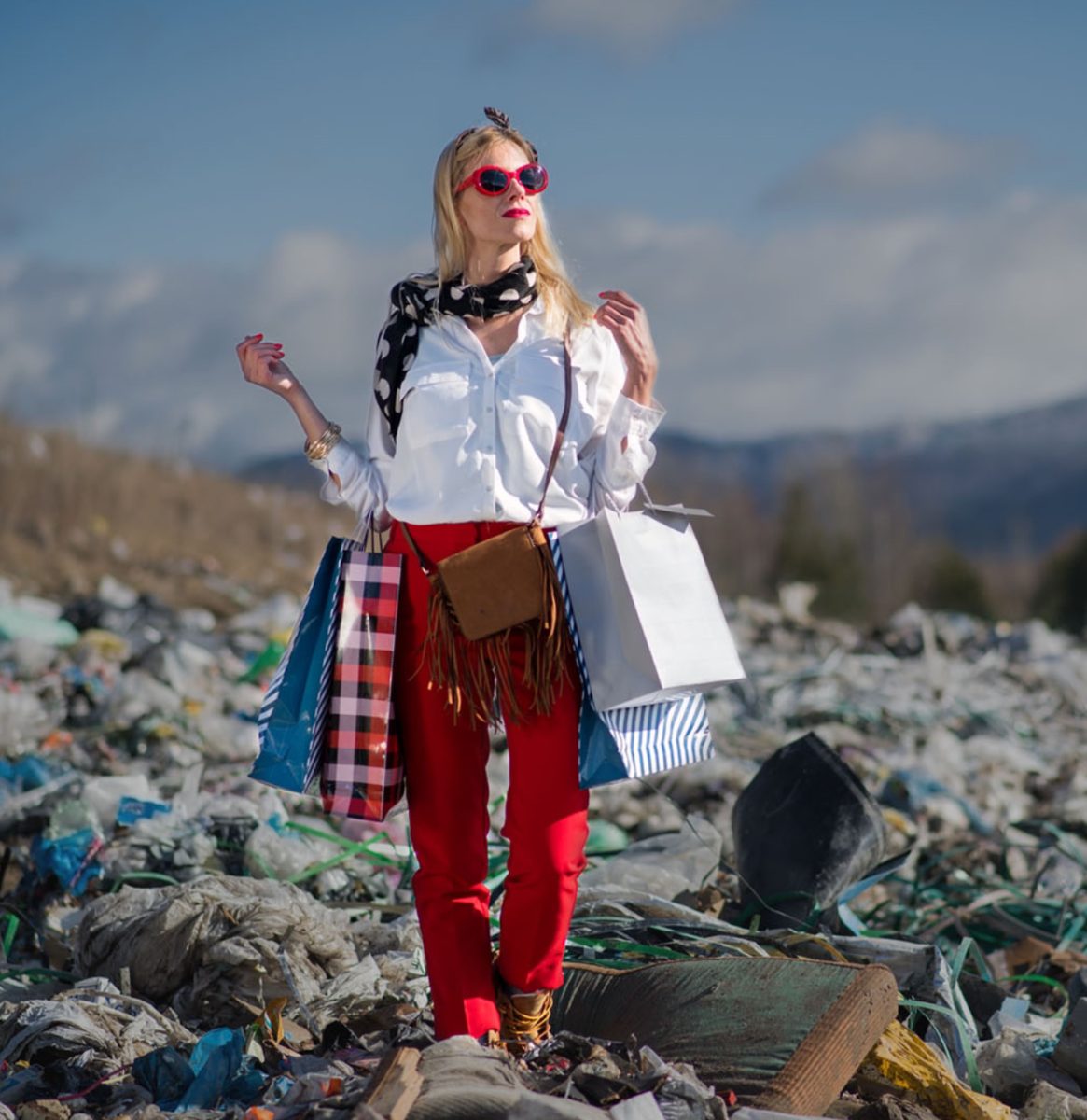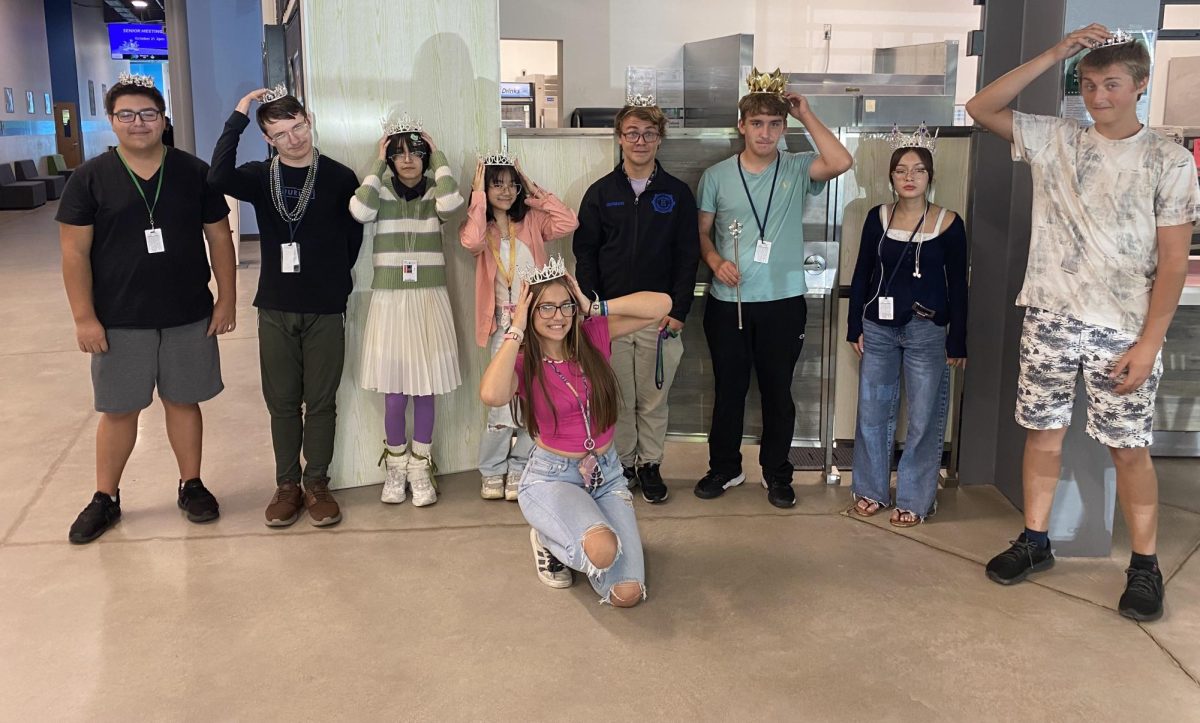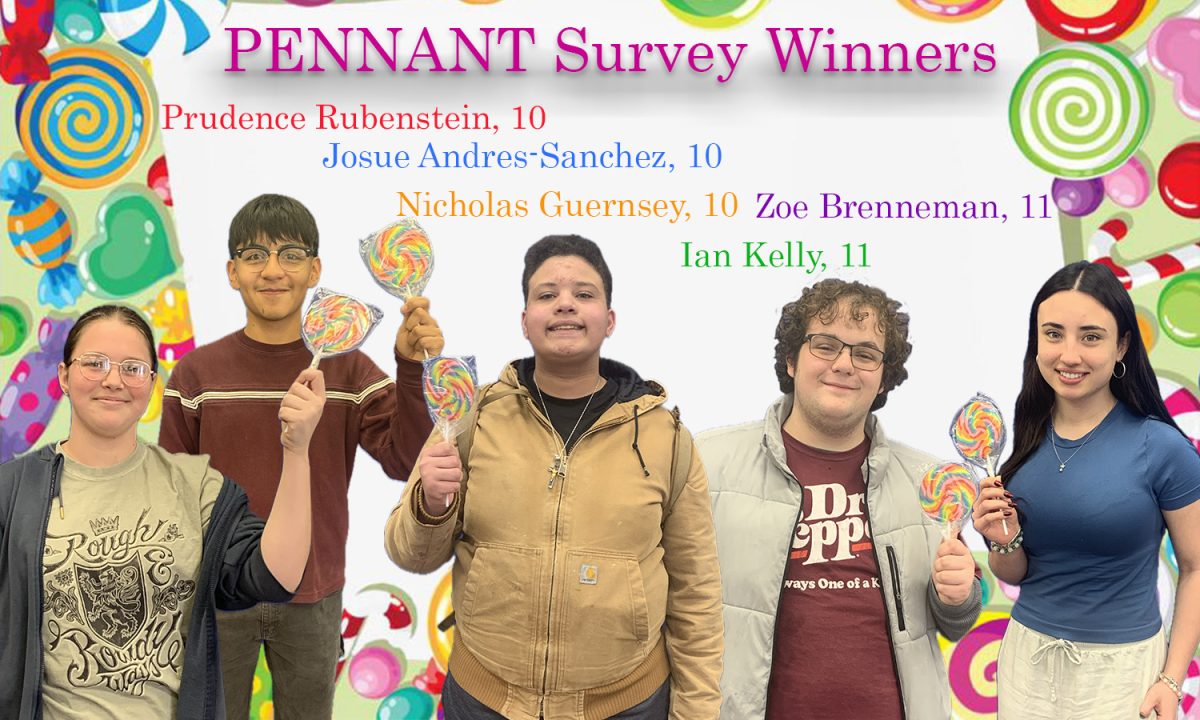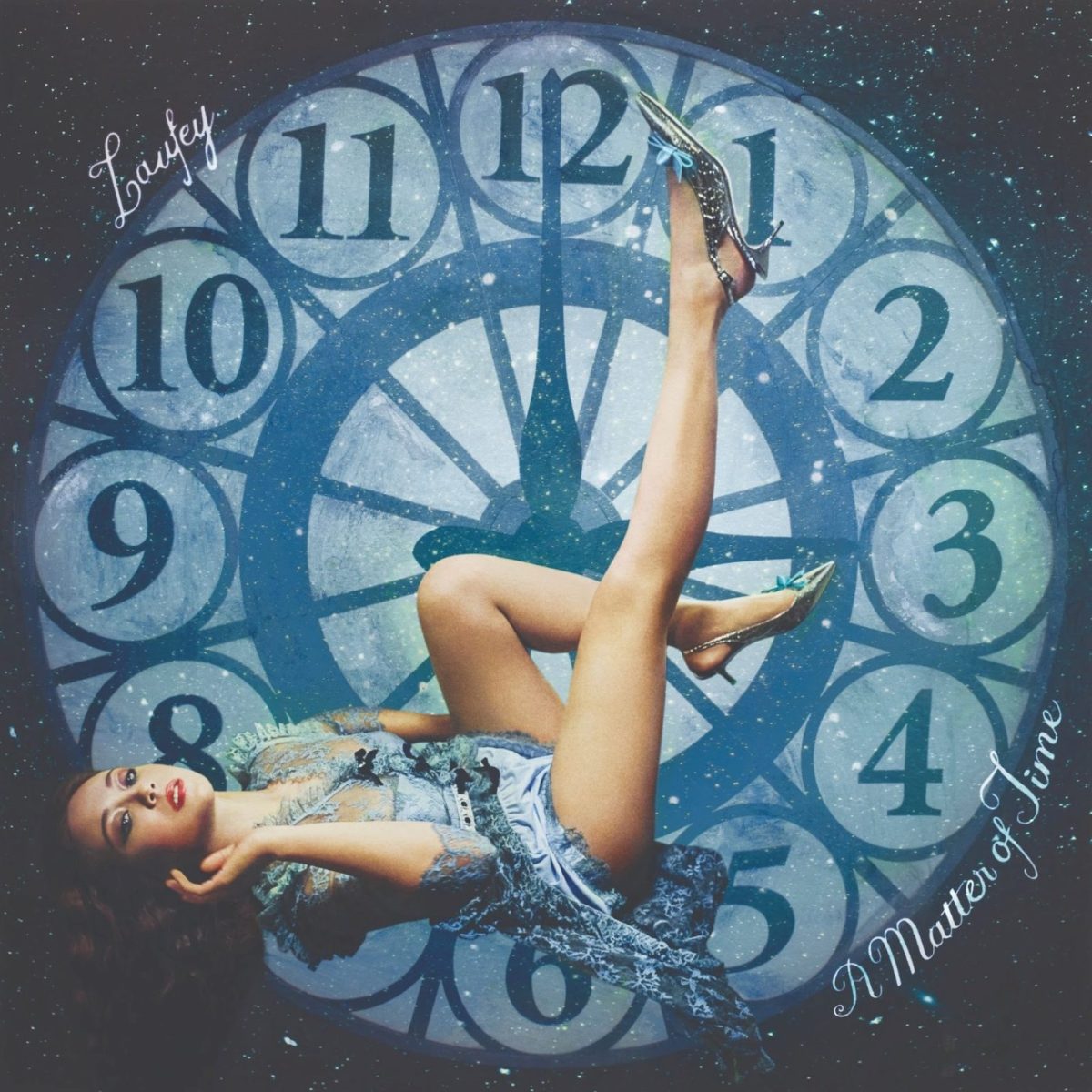Is fast fashion just another trend…or is it here to stay?
Dating as early as the late 1990’s is when fast fashion officially started its spike, and as the years progress with new clothing aesthetics swapping in and out, fast fashion is now not only a trend, but it’s also starting to become a global worry.
The most well-known fast fashion brands–consisting of Shein, Temu, Cider, and Romwe–offer millions of clothing options and accessories for very cheap prices, and many won’t hesitate to take up a good deal. Even senior Kaela White can’t pass up a steal. “I do admit that I shop on sites like Shein…but doesn’t everyone!” White admits that there have been countless instances when one reveals the brand of their sweater, or even pair of jeans is Shein, “It’s become such a normal site to shop on that no one even bats an eye anymore!” While White is aware of the background fast fashion shops hold, it doesn’t put up a barrier, especially with little-to-no ethical shops offering not only “affordable prices, but size inclusive options,” as well.
While the online sites with cheaper prices are most well known for fast fashion, many–including White–are unaware of brands such as H&M, Zara, Brandy Melville, Urban Outfitters, and even Aerie that fall into the same fast fashion category, as well. Cheap prices aren’t the only factors that play into the role; so do ethics and the effect these companies leave on the environment. Some of these brands not only support child labor and poor working conditions, but they are also the reason for clothing over-consumption. In an attempt to combat over-consumption, many will donate unwanted clothing, which in result prompts the opportunity for others to shop on a budget for needed clothing, without having to shop first-hand. In fact, the idea of “thrifting” has even gained more and more popularity, and many will go to stores such as Goodwill and Plato’s Closet for new additions to their closet. While this is a great substitute to shopping fast fashion, it seems these thrift stores are now starting to fill up with brands previously mentioned. White expresses her thoughts further. “It’s almost become an endless cycle; now it’s like everyone is just shopping fast fashion second hand!” As fast fashion gains more and more popularity, it’s becoming more challenging to control, and questions start to arise of what can be done to slow this racing trend.
White advises to just “start with yourself…be more aware of the clothing you buy.” It’s so easy to purchase items you like just because they are cheap, but does one really need those items? “Maybe ask yourself if you already have a similar sweater, and if not, maybe take the more ethical route of checking thrift stores for brands that aren’t so hot on the fast fashion market!” Though an understanding of the purchases off of such fast fashion sites is still present, some may not have many other options. White stresses the need for a bigger presence to address the problem behind this fashion trend. “The consumers themselves aren’t going to be able to fix fast fashion; if anything, we are just going to promote it and push the never-ending cycle to continue on forever.”





















Kyra McClain • Feb 2, 2024 at 1:57 pm
I agree on the aspect of it starting with the consumers first, and I feel like we can shop smarter when it comes to fast fashion.